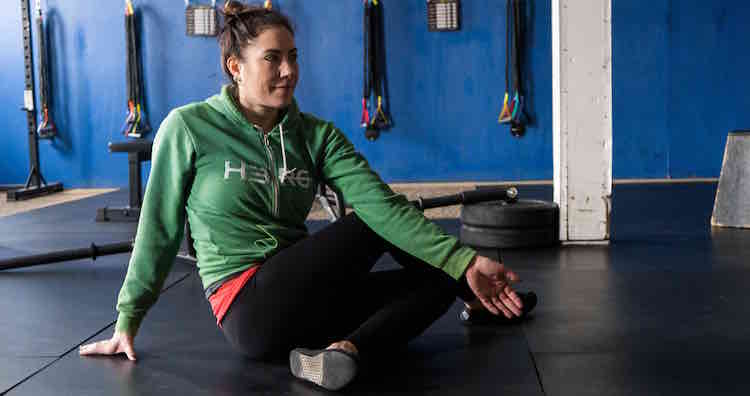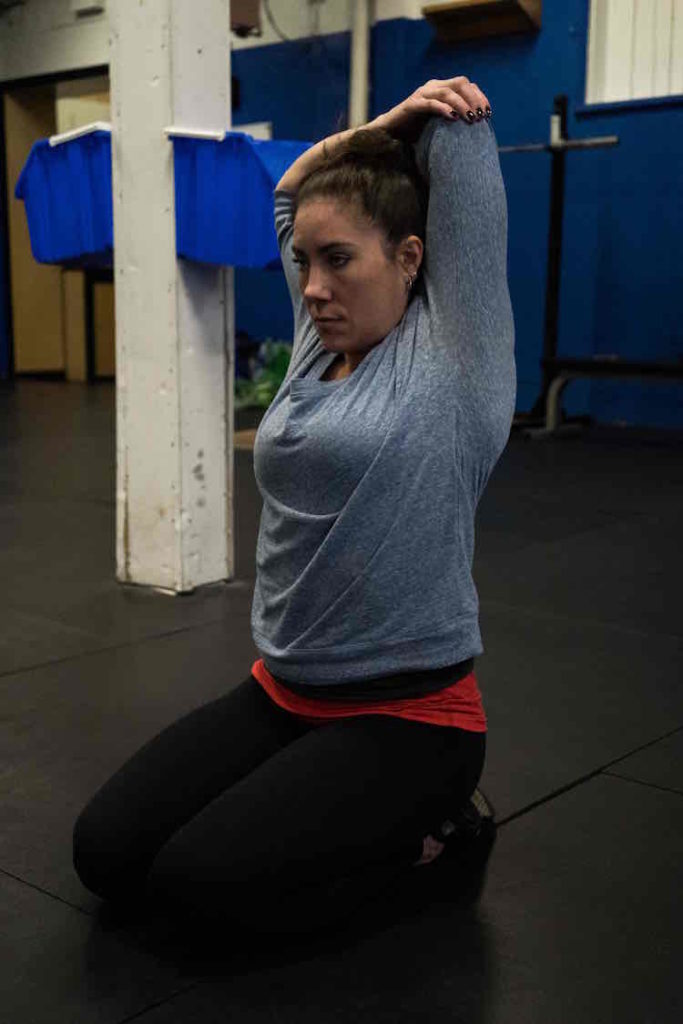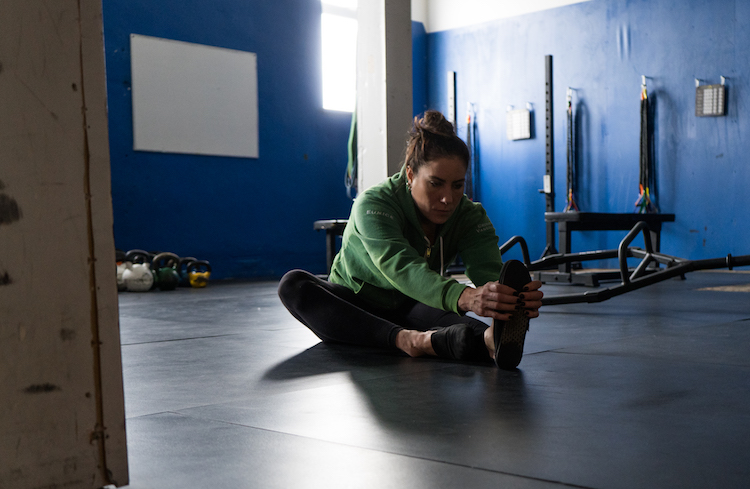We have been told there’s no such thing as too much warm-up. That your warm-up should even be longer than your actual workout.
Case in point: I remember having a conversation with the world famous CrossFit Games athlete Lucas Parker a few years ago about his warm-up habits. In short, the guy spends a solid hour-plus warming up before a two hour training session.
While most of us aren’t quite that devoted to our warm-ups, we have been told since PE class in grade school that we need to devote serious time to preparing our bodies for any kind of physical activity.

Have you ever wondered where all this ‘warm-up or else’ fear mongering came from? And if it actually holds the merit we have blindly bought into?
I was recently enlightened by OPEX Fitness founder James FitzGerald on this very topic. And the brilliant thinker got me rethinking everything I ever believed about warming up.
Essentially FitsGerald’s argument is this: All of the research about warming up has been based on warming up for performance (i.e. for elite level performance), not for lifestyle folks simply looking to get a bit more fit for life, which is the great majority of people who lift weights.
Secondly, warming up is actually a fairly new concept.
“There was once a time, believe it or not, where there were no personal trainers, fitness coaches, strength coaches etc…that provided instruction on movement and direction for it. Humans simply moved because they had to. …Due to survival and reproduction and hunting and gathering, movement was required,” Fitzgerald wrote in an OPEX coaches forum.
Going back to the concept of warming up for everyday, lifestyle clients, FitzGerald asks coaches to consider this:
“Ask (yourself) if they need to warm up to go paddle-boarding, to throw a ball with their kid, to go for a run, walk up a large hill, go for a hike, or cross-country skiing, sit in a car for three hours driving, or rough house with their 5-year-old,” he said.
He continued: “All of these are examples where, what a person learns in the gym through movement and exercise helps them learn how to live through fitness outside of the gym.”
So where does this leave us?
It means, if the client’s goal is to learn how to move better, to gain strength and endurance etc. for general health and to live a better life, then they shouldn’t require a hugely long warm-up before a training session designed with the above intention.
“They most likely should be doing things just in front of their abilities and should require no warm-up, per se,” FitzGerald said. “It would make sense if the goal of the exercise session was to possibly reach further than expected in the session, as does happen in sport performance, but for fitness, it simply does not make sense.”
Thus, if a person absolutely needs a warm-up before a training session, it’s probably because the training session they’re about to attack is an inappropriate one for them.
For example, if they need to spend 30 minutes trying to access more range of motion in their shoulder when going overhead with a barbell, should they really be lifting weights overhead?
Or, if they need to spend 20 minutes loosening up their elbows, should they really be doing kipping pull-ups?
For coaches, Fitzgerald recommends: “The constant song that should be playing in the head of the coach when prescribing exercise is ensuring the person is being challenged just in front of their capabilities, like just in front of them,” he said.
What about warming up the body temperature?
This might be an exception, right? Getting the blood flowing, especially in the winter, helps warm your core temperature, and it’s just plain old uncomfortable being cold.
To play devil’s advocate, however, Fitzgerald asked: “Does someone warm up for mowing the lawn or plowing the snow in the freezing weather?”
(Confession: I hate being cold so much that when I leave the house to coach at 5 a.m., I sometimes do 20 burpees in my living room to warm up before I tackle the elements).
And while the physical discomfort of being cold is one thing, Fitzgerald still argues warming up to increase body temperature still falls into the performance instead of lifestyle train of thinking: “There is no doubt that in evidence, that temperature increases prior to movement is effective for enhancing activation properties, but again, one has to question how this warming up carries over to life for this person,” he said.
He added: “When performance is not the main proxy inside of all training sessions for fitness for life, one can see how this reasoning on temperature falls short.”
While I will continue to do 20 burpees at 5 a.m. to decrease my anxiety of winter weather, I hear his point.
Just some think-outside-the-box food for thought.
Editor’s note: This article is an op-ed. The views expressed herein and in the video are the author’s and don’t necessarily reflect the views of BarBend. Claims, assertions, opinions, and quotes have been sourced exclusively by the author.
Featured image: @arnifreyrr

